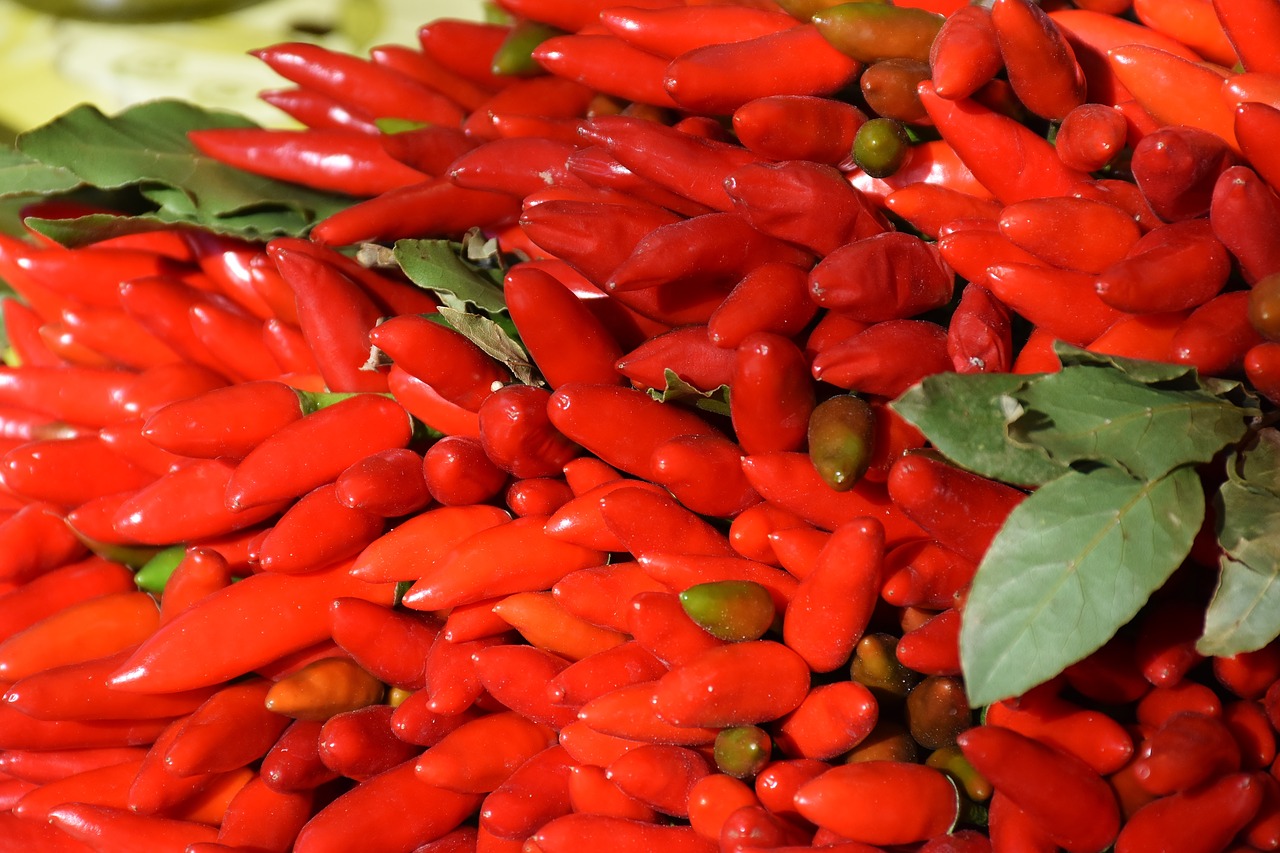Learning how to fertilize peppers is the first thing you need to do if you want to reap an abundant harvest. This is extremely important if you’re not so sure about your fertilizing habits. Every greens aficionado knows that not every fertilizer brand on the market is good for all types of plants because it will all depend on their growth patterns and periods.
However, you’d be glad to know that when it comes to fertilizing agents, peppers are generally standard compared to most vegetable crops. This means that peppers don’t require a fertilizer regimen that can only be used for a few types of plants.

Seasoned pepper growers make use of two types of fertilizers throughout the plant’s growing season. The first type of fertilizer is applied to toughen up the vegetable crop and to ensure its leafy growth. On the other hand, the second type of fertilizer is applied to enhance the production of pepper pods.
What You Need to Know About Fertilizer Grades
5-5-5, 3-5-5, or 2-3-1 – you’ve probably noticed these 3-digit numbers that are on the packaging on most of the fertilizer brands that you can find at the nearest store. Aside from the fact that these numbers are a national standard for soil used for gardening purposes, they also represent fertilizer grades that tell you about the elemental nutrients that the product contains.
The 3 Basic Elemental Nutrients in Fertilizers
While the first number of the fertilizer grade refers to the nitrogen content, the second number represents the phosphate content, and the third number gives you the potassium content in the soil. Each of these elements has a critical role to play throughout your pepper plants’ growth process. To give you a closer look at these three basic elemental nutrients, check this out:
Nitrogen
Your pepper plants need nitrogen to aid in the process of photosynthesis, enhance the production of their foliage, and boost the overall health of the plant.
Phosphate
Thanks to phosphate, your pepper plants can have phosphorus, the essential nutrient that is prevalent in most life forms. In case you’re wondering, phosphorus enhances your plants’ ability to take in the energy that they can get from the sun.
Potassium
Another nutrient that’s crucial to plant life is called potassium. It plays an important role in the movement of water and nutrients through the plant’s tissue. Furthermore, your pepper plants will find it impossible to regulate the process of photosynthesis without potassium.
Although each pepper seed contains the required nutrients for germination, you need to understand that at a certain point, the plant would need more nutrients from the soil or the air to thrive. Since pepper is a vegetable crop that belongs to the nightshade family, they prefer mineral fertilizers that are applied to the soil.
During their early growth, pepper plants would need a large amount of nitrogen to produce healthy foliage growth. During the later stage of their growth, they would need less nitrogen but larger amounts of phosphate and potassium to develop more pepper pods. To achieve this, you can choose to use an even-grade fertilizer throughout the season, or you can choose to switch the fertilizers in the middle of the growing season.
When and How Often You Need to Fertilize Your Pepper Plants
You can’t expect to reap a bountiful harvest of peppers if you only fertilize them whenever you remember to do so. Without the regular application of fertilizer throughout your plants’ growing season, you may end up under- or over-feeding them. You can only get the most out of your crops if you make it a point to keep track of your fertilizing schedule and stick to it.
The first fertilizer application
In case you’re not aware, the seed starting soil that you’re using doesn’t have the nutrients that your plant would need during its earliest stages of growth. For this reason, your pepper plants need to be fed with light fertilizer as soon as you spot their first set of true leaves—light fertilizing means using half the normal dose as indicated on the fertilizer’s packaging guidelines.
You can start fertilizing most pepper varieties on the second week after you see the seeds sprouting. Since the plants’ root systems are limited at this point, you need to keep the first application light. The fertilizer that you’re using is crucial to the formation of your pepper plants’ healthy roots, stems, and leaves.
The Frequency of Fertilizer Application
In most cases, fertilizers are applied on a weekly or bi-weekly basis. You would need to work some of these fertilizers into the soil before you transplant your pepper plants for the first time. Be sure to stick to a consistent fertilizing schedule in order to avoid over-fertilizing or under-fertilizing your vegetable crops. Remember that your pepper plants need a steady supply of nutrients rather than an abundant supply at a single time.
Is Hobby Greenhouse Gardening a Great Idea for Pepper Growers?
Serious pepper growers should consider planting these crops in a hobby greenhouse. Among its benefits include extended growing seasons, protection from harsh weather conditions, pests, and vermin, and so much more.
Final Thoughts on How to Fertilize Peppers
Now that you know how to fertilize peppers, why don’t you try your hand at greenhouse gardening? Experience the joys of setting up your own hobby greenhouse today!
